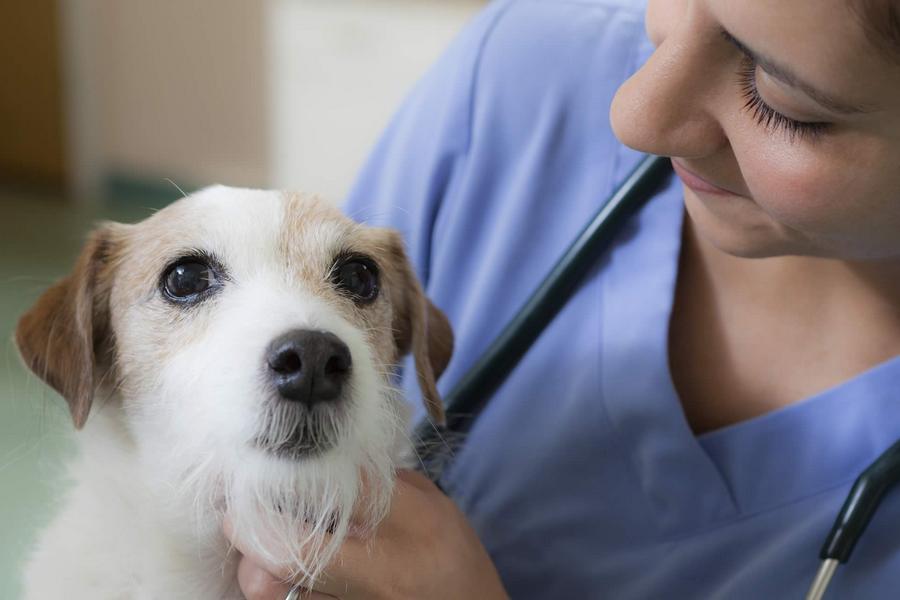Setting forth on the expedition to an animal health facility might stir unease in the heart of any animal guardian, particularly when their cherished companion is diagnosed with a transmissible malady. Grasping the intricacies of how pet veterinary clinic handle infectious diseases is paramount for guardians to ensure their furry companions receive exemplary attention while preventing the dissemination of ailments to other creatures.
Securing Well-Being Through Safeguards
Animal clinics encounter a plethora of creatures with diverse maladies, some carrying a substantial risk of contagion. When an animal suspected of harboring a communicable ailment arrives, stringent safeguards are set in motion to preserve the welfare of each patient. The creature is promptly situated in an examination chamber, curtailing interaction with others. Upon notification of potential contagion, the medical personnel dons personal protective equipment (PPE) – encompassing robes, gloves, shoe coverings, and, as necessitated, masks, headwear, or eye shielding. This comprehensive attire aims to obstruct the transmission of infectious substances among patients. Fastidious hand washing ensues after every encounter with contagious animals, upholding the utmost hygiene standards.
The Function of PPE in Preventing Ailments
Personal Protective Equipment (PPE) stands as the primary defense against the diffusion of communicable diseases within animal clinics. Robes, gloves, and masks erect a barricade between medical personnel and potentially contagious creatures. This preventative practice not only safeguards the health of the clinic’s denizens but also contributes to the well-being of the wider community. The meticulous application and removal of PPE constitute integral facets of the clinic’s infection control strategy, underscoring the commitment to curtailing the risk of cross-contamination.
Seclusion – An Imperative Measure
For ailing animals grappling with infectious maladies, the seclusion chamber evolves into a refuge. Frequently synonymous with quarantine, this sector of the facility is physically demarcated to forestall contamination. Despite its nomenclature, the seclusion chamber is not an isolating space; an assigned technician ensures the welfare and camaraderie of the patients. Whether aiding in medical inspections, delivering treatments, or providing sustenance, the isolation technician assumes a pivotal role in the recuperative journey. Access to the seclusion chamber is restricted, minimizing the peril of pathogen transmission permitting solely trained personnel – isolation technicians, aides, and physicians. Visitors, including pet owners, are briefed on PPE protocols to avert inadvertent dissemination of infectious agents.
The Harmony of Technology and Animal Medicine
In the modern landscape of animal medicine, technology assumes a pivotal role in managing infectious maladies. Advanced diagnostic apparatus expeditiously identifies contagions, while telemedicine consultations curtail physical contact, augmenting the efficiency and safety of animal care. The assimilation of technology ensures that even in the face of infectious challenges, animals promptly receive precise diagnoses, facilitating the swift commencement of targeted therapeutic plans.
Post-Healing Measures and Release Procedures
Discharging an animal from the seclusion chamber marks a momentous milestone, necessitating meticulous directives for guardians. Depending on the nature of the infectious malady, the creature may mandate sustained medication or separation from other animals for a stipulated duration. Guardians receive counsel on identifying potential relapse indicators and sustaining a secure milieu for their recuperating companion. Post-discharge, the seclusion chamber undergoes thorough decontamination via specialized veridical and bactericidal disinfectants. Stringent waste disposal procedures and laundry protocols, including bleach cleansing, further ascertain the obliteration of any residual infectious agents.
The Human Factor: Empathy in Times of Contagion
While protocols, technology, and seclusion measures constitute integral components of infectious malady management, the human factor stands preeminent. Empathy during contagious intervals epitomizes the ethos of animal clinics. The dedicated cadre, spanning technicians to physicians, embodies compassion and dedication to the well-being of every patient. This empathetic approach not only contributes to the physical convalescence of animals but also assuages the stress and apprehension experienced by guardians during challenging epochs.
Conclusion
In conclusion, infectious maladies present a recurrent challenge for Vets in The City. The personnel’s scrupulous attention to minutiae, compassion, and unwavering commitment to cleanliness are the keystones of efficacious patient care. By assimilating these protocols, guardians can contribute to the well-being of their animals and the wider community of creatures that cohabit in the clinic space.

The pandemic showed us that poverty is a policy choice – we must do better


